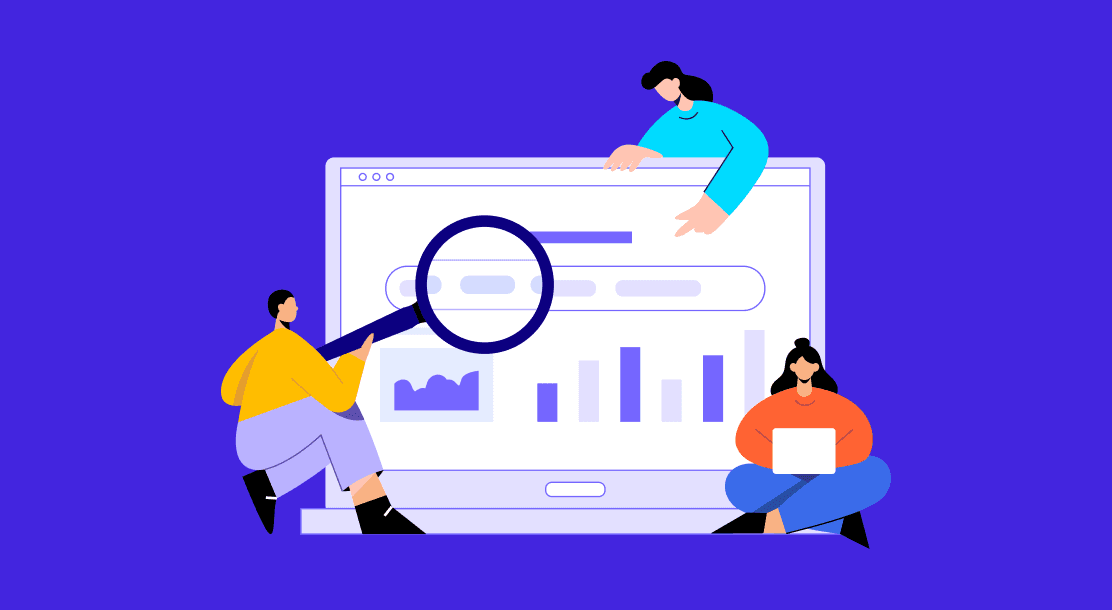
Getting your material recognized in a world where the internet is the go-to source for information can be difficult. With millions of websites and articles vying for attention, it’s critical that your content stands out and reaches the right people. You can increase the exposure of your content and attract more organic visitors to your site by optimizing it for search engines using Search Engine Optimization, also called SEO.

It can be challenging to know where to start with so many platforms and tools accessible to you. This blog talks about how you can use a platform or tool for content optimization in search engines. So, brace yourself and prepare to propel your content to the top of search results!
Content Optimization and Its Importance
Ensuring content is made, disseminated, and technically designed so that it reaches the greatest number of people is known as content optimization. It entails analyzing and modifying numerous aspects of the content, including structure, keywords, and meta tags, in order to make it more appealing to search engines and users.
There are various reasons content optimization is necessary.
- To begin with, it aids in increasing organic traffic to a website by making it easier for search engines to crawl and index the material. This, in turn, can lead to increased exposure and ranking on search engine results pages (SERPs), which is critical for increasing attention and recruiting new consumers.
- Second, by making the material more relevant and beneficial to the reader, content optimization serves to improve the user experience. Higher interaction, reduced bounce rates, and more time spent on the website are all markers of a better user experience.
- Finally, content optimization may aid in the establishment of a website’s or brand’s authority and reputation. Businesses may demonstrate their experience and understanding in their field by creating high-quality, optimized content, which can help them attract and keep consumers.

Content Optimization Tools
It is vital that you optimize your content for search engines so that your target audience will discover and appreciate it. Here are some of the most effective content optimization tools for your content.
1. Keyword research tools
The cornerstone of content optimization is keyword research. Keyword research tools assist you in locating relevant keywords that your target audience is looking for.

2. On-page optimization tools
These programs assist you in optimizing your content for on-page SEO elements, including meta descriptions, headers, picture alt tags, and internal linking.
3. Content analysis tools
They analyze and recommend changes to make content more interesting, readable, and SEO-friendly.
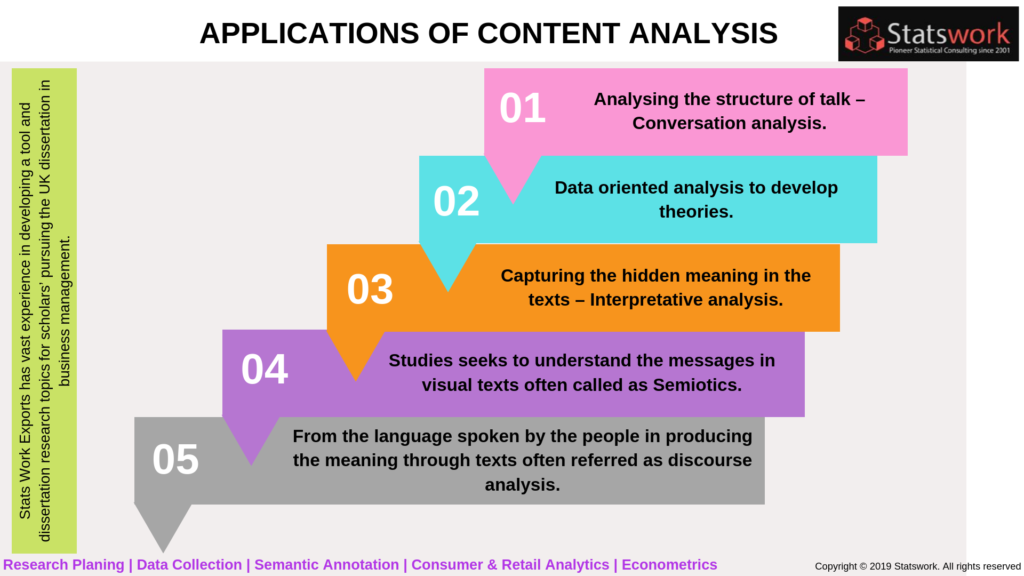
4. Tools for link building
Link building is a crucial part of off-page SEO. These tools assist you in identifying link-building possibilities, tracking your backlinks, and monitoring the link-building activity of your rivals.
5. Platforms for social media management
Social media is essential for content marketing and SEO.
6. Analytic tools
Analytics tools allow you to measure website traffic, user behavior, and conversion rates.
Tips For Content Optimization Using A Platform Or Tool
The following few pointers will guide you on how to use platforms or tools to optimize your content.
- Research keywords
The first stage in optimizing your content for search engines is to do keyword research. Keywords are words or phrases that people use to discover information in search engines. You may boost your search engine rating and draw more people to your website by including relevant keywords in your content.

There are several platforms and tools available to assist you with keyword research. These tools can assist you in identifying useful keywords, analyzing their search traffic and competitiveness, and recommending similar terms to add to your content. Once you’ve found relevant keywords, it’s critical to include them strategically in your content. Avoid, however, keyword stuffing, which is the practice of overusing terms in an attempt to manipulate search engine ranks. Keyword stuffing can result in search engine penalties and degrade the user experience.
- Meta tags
Users read title tags and meta descriptions first when they come across your content in search results. These aspects not only assist search engines in comprehending your page’s content, but they also affect whether readers will click through to your site. You may optimize your title tags and meta descriptions by using a platform or product like Yoast SEO or All in One SEO Pack. Ensure that your title tag is clean, simple, and contains your target keyword. In addition, your meta description should be appealing and incorporate important keywords.
- Headings and subheads
Both consumers and search engines value headers and subheadings. They aid in the division of your information into digestible pieces, making it easier for people to read and comprehend. They also provide search engines with a comprehensive idea of your page’s structure and content.
Use relevant keywords and offer accurate descriptions of your material when designing headers and subheadings. H1 tags should be used for the main heading, then H2, H3, and so on for subheadings.

Using a platform or tool like WordPress can automatically add header tags to your content, but you can also manually add them to your HTML code.
- Optimization of images
Images may make your content more interesting, but if not optimized, they can also slow down your page speed. You may compress your photographs without compromising quality by using a platform or program like Smush or EWWW Image Optimizer. You may also add alt tags to your photos, which give alternative text descriptions that assist search engines comprehend what your images are about.
To optimize your images, consider the following tips:
- Utilizing descriptive names for files: You may use names that describe your files and include a relevant keyword. For example, use “blue-widgets.jpg” in place of “IMG1234.jpg.”
- Use alt tags: Alt tags provide alternative text for images and are important for accessibility. They also provide search engines with information about the content of your images. Alt tags that are descriptive can be used with a relevant keyword included.
- Optimization of size of the file: Images that have large sizes tend to slow down the loading speed of the website. You can make use of image compression tools, like TinyPNG or Kraken.io, to optimize your file size without sacrificing quality.
- Creation of quality content
Eventually, the major factor of SEO is to add value to the target audience by creating high-quality content. Content that is informative, interesting, and relevant is prioritized by search engines. Using a platform or service like Grammarly can help you enhance your content’s readability and grammar. It’s also critical to keep your material current and relevant. Regularly updating your content might help it rank higher in search results and keep your audience interested.
The Final Word
Finally, employing a platform or tool to optimize your content for search engines can help you boost your visibility and rank better in search results. You may boost the odds of your material being discovered by your target audience by utilizing keyword research tools, optimizing title tags, and meta descriptions, utilizing header tags, optimizing pictures, and providing excellent content.
Some content marketing platforms like Pepper CMP are great at combining all of these aspects to ensure optimum optimization of your content.
Keep in mind that SEO is an ongoing activity that takes time to generate results. By constantly adopting these recommendations, you may increase the visibility of your content and bring more organic visitors to your site.
FAQs
Content optimization is the process of improving your website’s content to make it more visible and relevant to search engines and users. It involves various techniques such as keyword research, on-page optimization, link building, and content creation to increase traffic, engagement, and conversions.
Content optimization is important because it helps your website rank higher in search engine results pages (SERPs), making it more visible to potential customers. By optimizing your content, you can attract more traffic, increase engagement, and generate more leads and sales.
There are various types of optimization tools and platforms available, including SEO tools, content management systems (CMS), social media platforms, and analytics tools. Some of the best tools and platforms include Google Analytics, SEMrush, Yoast SEO, WordPress, Pepper CMP, and Hootsuite.
Some tips for optimizing content include conducting keyword research, optimizing titles and meta descriptions, including internal and external links, using header tags, optimizing images and videos, creating high-quality content, and promoting your content through social media and other channels.
Optimization tools and platforms can help with content optimization by providing insights into keyword research, competitor analysis, on-page optimization, link building, social media marketing, and content performance. These tools can help you identify opportunities for improvement, track your progress, and make data-driven decisions to optimize your content.
Latest Blogs
In this blog, explore the golden rules of using AI marketing tools so you can leverage the benefits to their maximum potential.
In this blog, you’ll learn how to avoid the pitfalls of SEO over-optimization while enhancing your site’s performance.
In this article, we’ll take a look at what AMP is, its advantages and disadvantages, and how it affects SEO.
Get your hands on the latest news!
Similar Posts
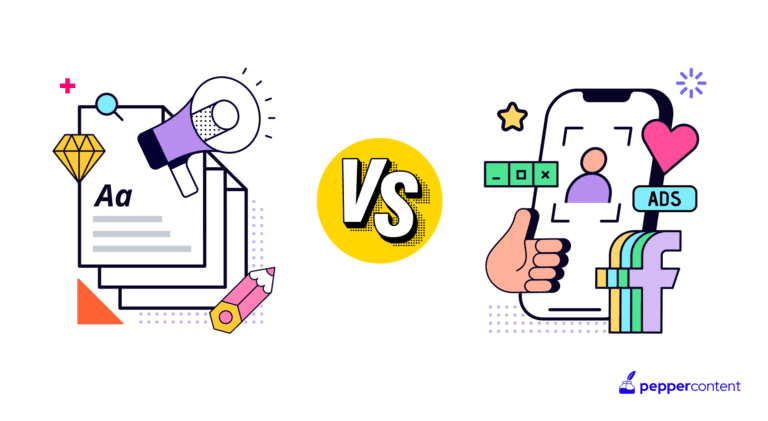
Content
9 mins read
Content Marketing vs Advertising – Which One is More Effective?
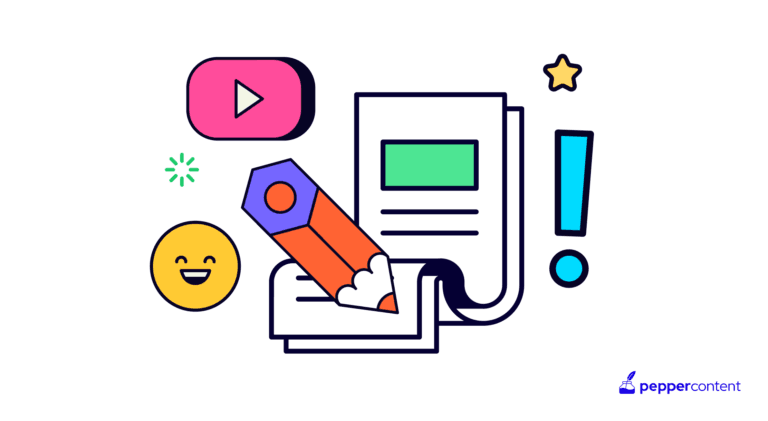
Content
11 mins read
Interactive Content vs. Static Content: Which is More Effective?
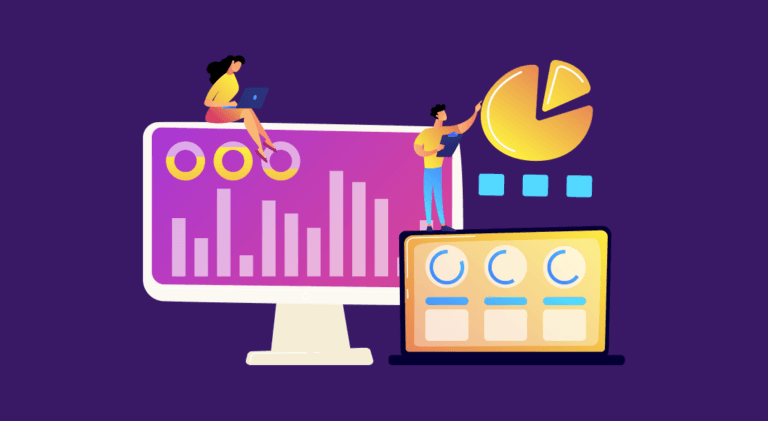
Content
6 mins read